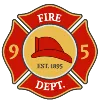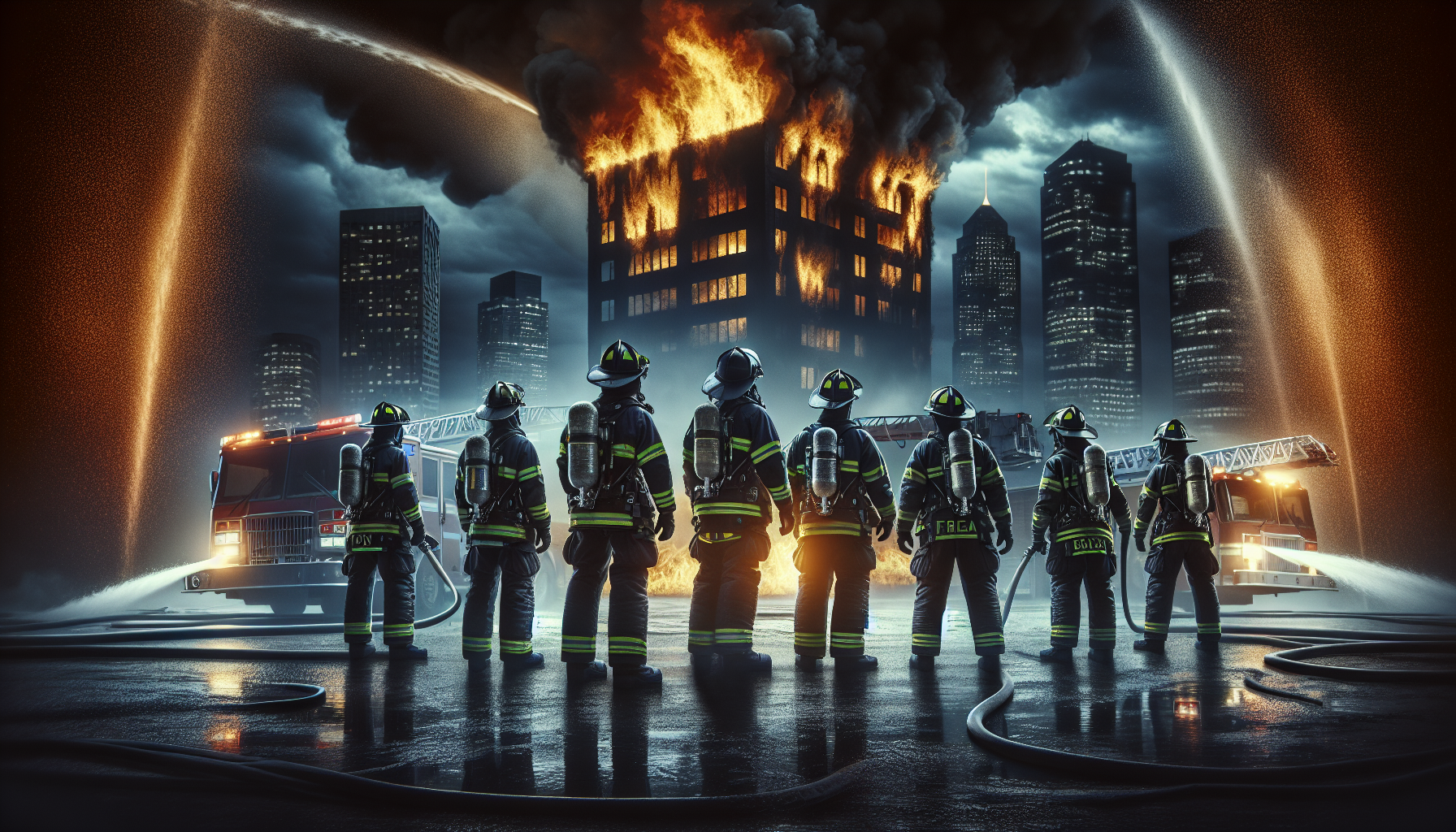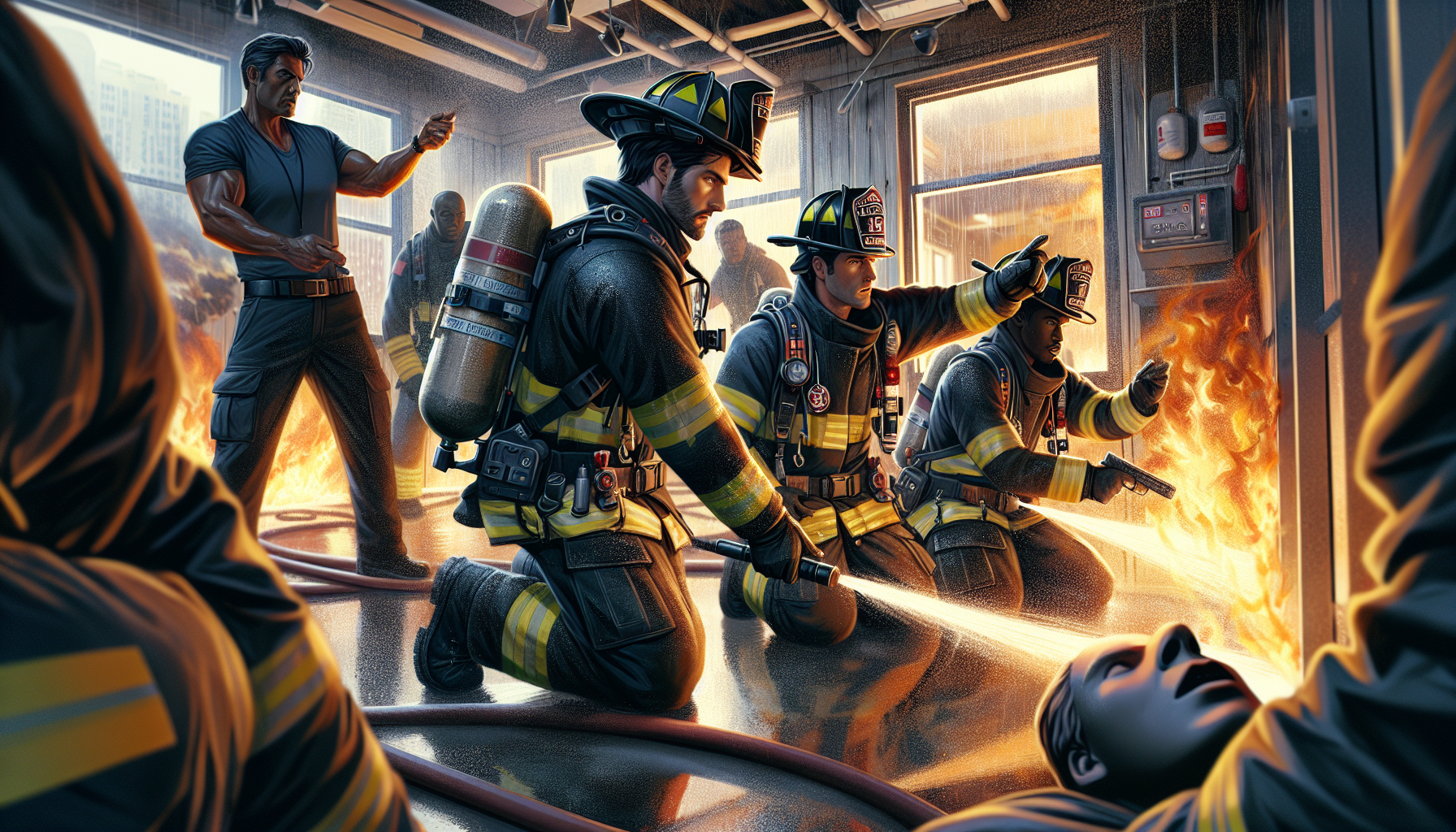Now Reading: The Science Behind Flashover: Understanding Fire Dynamics for Safer Firefighting
- 01
The Science Behind Flashover: Understanding Fire Dynamics for Safer Firefighting
The Science Behind Flashover: Understanding Fire Dynamics for Safer Firefighting

Fire is a powerful force of nature. As firefighters, you already know this—every shift teaches us to respect its unpredictable behavior and immense energy. But even the most experienced among us can be surprised by one of the most dangerous phenomena in fire dynamics: flashover.
If you’re a firefighter or someone in the fire industry, you’re probably familiar with this term. It’s mentioned in training, during firehouse conversations, and even in those “remember-that-crazy-fire” coffee breaks. But flashover isn’t just “that thing where everything suddenly ignites.” Nope! There’s a lot more science (and serious danger) behind it. So put on your turnout gear—we’re diving into the fiery world of flashovers to understand what they are, how they happen, and most importantly, how you can stay safe.
What Exactly Is a Flashover? (Spoiler: It’s Terrifying!)
Imagine going into a burning building. The fire seems “under control.” Smoke swirls above your head, then BOOM! In a second, the entire room is engulfed in flames. Everything catches fire, from furniture to walls, and the temperature becomes too hot to survive. Congratulations (or… condolences): you’ve just witnessed a flashover.
Technically, a flashover is when nearly everything in an enclosed space ignites at once due to intense heat and energy. It’s the moment a fire moves from the “growth” phase into the “fully-developed inferno” phase, and it won’t show mercy to anyone in its way.
Unlike Hollywood movies, fire doesn’t just explode instantly. A flashover occurs when heat builds up over several minutes, radiating back into the room, turning everything combustible into a ticking time bomb.
Why Does Flashover Happen? The Science in Simple Terms
The recipe for a flashover involves three ingredients: heat, fuel, and oxygen—the important parts of the fire triangle. Add the wrong amount of any ingredient at the wrong time, and things heat up fast. Here’s how it works:
- Heat Accumulation: Fire generates intense heat. Indoors, that heat has nowhere to escape, so it travels upward and radiates outward, raising the temperature.
- Fuel Contribution: Combustible materials absorb heat energy. Once they reach their ignition point, they release gases into the air. These gases ignite when the temperature gets high enough.
- Oxygen (or… Fire’s Best Friend): Opening a door or window may save a trapped victim, but it can also feed oxygen to a fire, making it grow and increasing the chances of a flashover. It’s like giving that fire a protein shake.
So when these factors align, the stage is set, and flashover takes center stage. Remember this: when temperatures approach 1,100 degrees Fahrenheit, everything combustible in the room will ignite.
Flashover vs. Backdraft: Know the Difference
Let’s clear up a common misconception: Flashover is not the same as backdraft. Think of these two things as cousins—related, but with different personalities.
- Flashover happens due to heat buildup and exposure to radiant energy. The room ignites because everything reaches a critical temperature.
- Backdraft occurs when a fire hasn’t had oxygen for some time (like in sealed-off rooms) and then suddenly gets fresh oxygen. This can create a big explosion—a much more violent event than a flashover.
In short, if you see smoke whispering dangerously while puffing out small gusts (hello backdraft!), that’s when you keep a safe distance rather than rushing in.
How to Recognize the Warning Signs of a Flashover (Before It’s Too Late)
One of the best ways to combat flashover is to stop it from happening in the first place. Easier said than done, right? Well, not if you watch out for these signs:
- Rollover: Flames start “rolling” across the ceiling in waves. It looks cool but is anything but cool. This is often the last warning before a flashover occurs.
- Thick, black smoke gathers quickly: When smoke lowers near the ground and moves quickly, it’s more than just hard to see—it’s a sign the room has gotten hotter than a firefighter drinking coffee in gear outside in summer.
- Unbearable Heat: Yes, you’re probably already sweating (thanks to your SCBA), but if you suddenly feel like you’re in a hot oven, it’s time to get out. Temperatures can rise from “hot” to “flashover” in seconds.
- Windows Glow or Crack: Intense heat can superheat glass, causing it to reflect light differently. Cracking windows are the fire’s way of saying, “You’ve got about two seconds to figure things out.”
- Sudden Lack of Oxygen: As the fire uses up more oxygen, you may notice your breathing gear working harder. If it feels more difficult to breathe, take that as a sign to retreat—flashover might be close.
How Firefighters Can Stay Out of Harm’s Way
Firefighting is risky, but being prepared can mean the difference between life and death. Here are five rules to keep in mind to avoid being caught in a flashover:
- Train, Train, and Train Some More
Live-fire training is crucial. You can’t always “see” when a flashover is coming, but practice with simulations helps develop the instincts to recognize danger. - Cool that Ceiling
A key flashover-prevention tactic is cooling the overhead. Use your hose to spray water into the superheated gases above you. It’s refreshing (well, for the fire) and disrupts thermal layering, reducing ignition chances. - Watch Smoke Behavior
Thick, fast-moving smoke acts like a fire alarm shouting, “Call 911!” Watch how it behaves and learn to read it like a pro.
- Ventilate Smartly
Controlled ventilation is a lifesaver, but poorly executed ventilation can be a trap. Know when and how to vent (both a science and an art). - Stay Alert
Communicate with your team and monitor your environment. Use thermal imaging cameras to check heat levels. And if “that feeling” creeps up on you, trust it—it might just save your life.
The Tools of Tomorrow: Tech to Fight Flashovers
Thanks to technology, firefighters can manage flashover risks better than ever. Here’s what’s new:
- Thermal Imaging Cameras (TICs): These help spot dangerous heat levels through walls and smoke.
- Smart Sensors: Wearable devices that track temperature and air conditions in real time are becoming more common, acting like a virtual fire prevention sidekick.
- Improved Turnout Gear: New materials give us gear with better heat protection, making it easier to survive intense fire conditions.
The key is incorporating these tools into your plan—and using them before things get explosive.
Wrapping It Up: The More You Know, the Safer You Are
Flashovers are one of the scariest and most dangerous things a firefighter faces. But the good news? They’re predictable… if you know what to look for. By understanding the fire dynamics that lead to a flashover, you’ll gain the upper hand in a high-stakes situation.
Remember: Assess. Communicate. Get OUT if you see the signs. Trust your training and your team—and never stop learning. Because let’s face it, nobody wins a game of “chicken” with a flashover.
So the next time you encounter unruly flames, puffing smoke, and suffocating heat, remember—Fire Rescue Classifieds has your back with science, safety tips, and resources. Until next time, stay safe, stay cool, and (above all) stay out of the flashover zone!
Burn bright—and not literally!





























